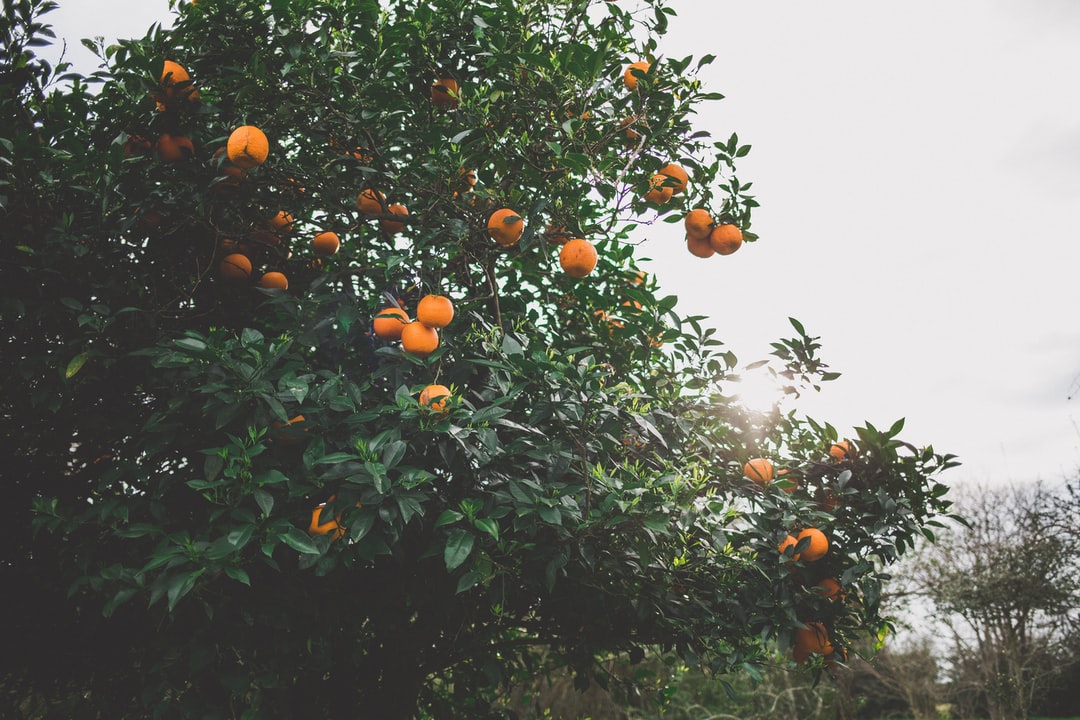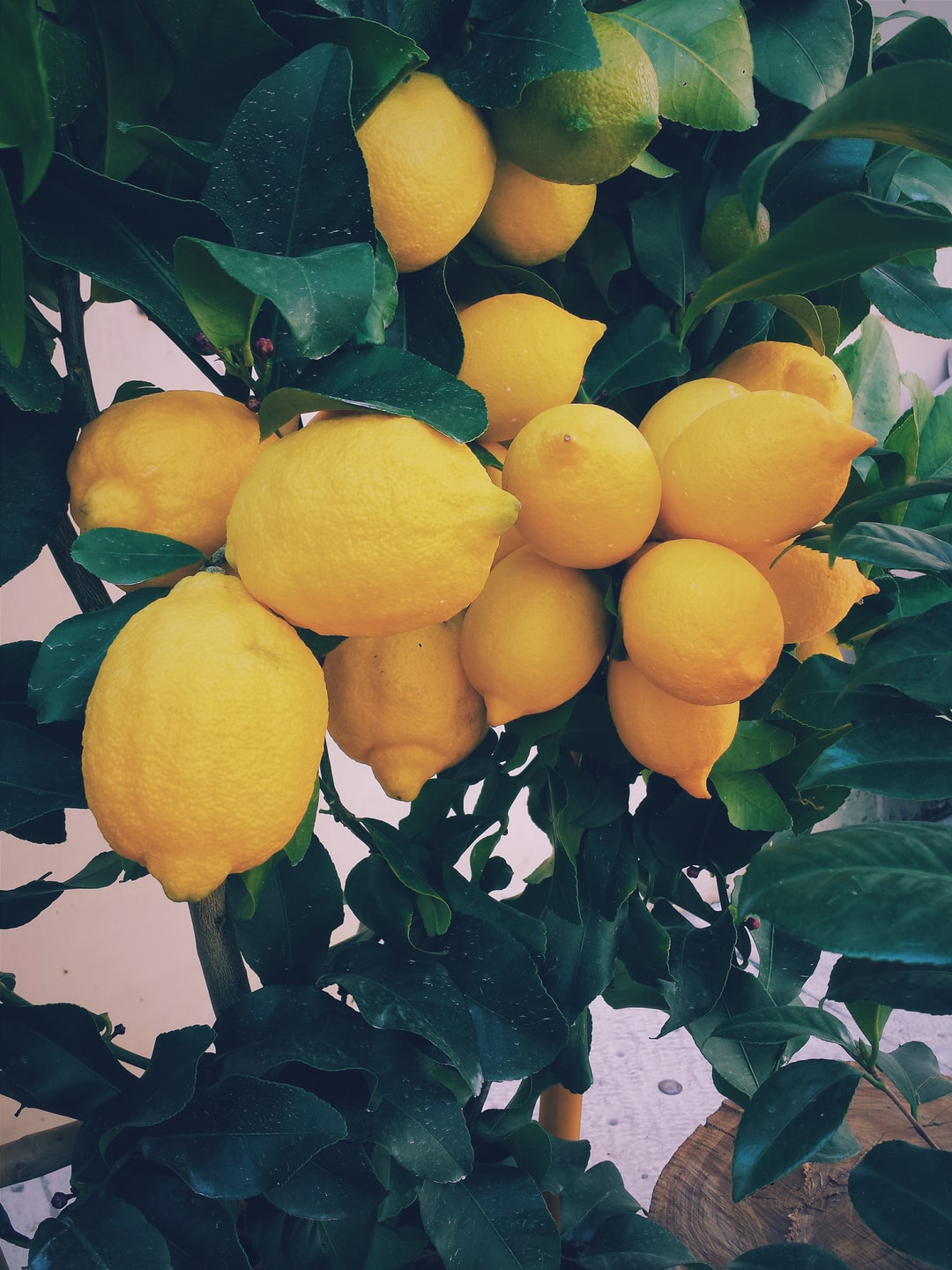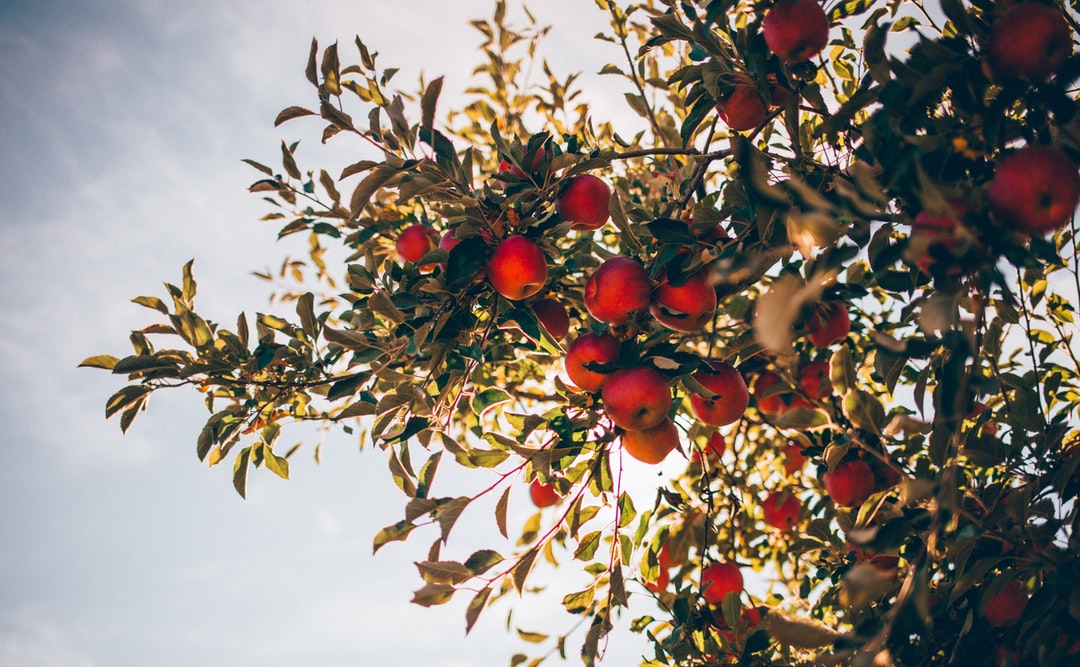We all love fruit. It’s healthy and delicious, and it looks great in a bowl on the kitchen bench. We can’t really blame fruit flies for loving it as well for all the same reasons (except maybe the display one). As these little guys breed quickly, it’s important to learn how to get rid of fruit flies in the house if you notice them starting to appear.
Another thing to keep in mind when dealing with an indoor fruit fly infestation is that you are likely finding them in the kitchen (unless you strangely keep fruit in the bathroom?). Assuming it is the kitchen, you do not want to be spraying toxic chemicals.
To help, we’ve found some natural fruit fly remedies which do take a little bit more effort to put into action but remove the health risks of using chemical bug sprays or the expense of calling a pest control expert.
These cost-effective solutions keep harmful chemicals out of your home by using natural pest control techniques. They also are no-kill solutions because lets be honest, it doesn’t seem fair to kill a little creature just because it loves fruit as much as we do!
Getting rid of fruit fly breeding grounds
Prevention is always the first step as it gives you the option of avoiding the problem altogether! If you are doing your bit by having an outdoor compost bin, make sure you avoid also having an indoor spot for collecting food scraps. It takes a touch more effort to take everything outside straight away, but indoor compost is like Disneyland for the humble fruit fly.
If you enjoy the convenience of indoor compost too much to get rid of it, ensure you empty it every day. Another thing to keep in mind is how clean and dry your compost bin is. Fruit flies love moisture and food gets mushier if there is moisture present in the bin.
Keeping your kitchen clean
This is essentially a rule for any spot in the home where you might serve food, but keeping the areas really clean is very important. Tiny scraps of food can create a fruit fly problem. Performing a regular deep house clean of your home, especially the food areas, means less desirable places for fruit flies.
Be thorough and clear off the counters, giving everything a good wipe down, and making sure you do not forget about the floor and baseboards. The fruit bowl is another place that requires a good audit. If you have items in there that are overripe, it is time for them to move on.

How to get rid of fruit flies with white vinegar
Preventative methods aside, if you are well past that and deep into an actual fruit fly problem, it’s a good idea to learn how to get rid of fruit flies with white vinegar.
The goal is to make a trap for the flies which can be done by performing the following steps:
- Pour a very small amount of apple cider vinegar into a tall glass jar with a couple of drops of dish soap in the mix as well.
- Cover the top with cling wrap that has holes poked in it and secure it with a rubber band.
- Fruit flies are attracted to the vinegar so they will crawl through the holes in the cling wrap, but will have a tough time getting back out.
- This allows you plenty of time to release the little guys back into the wild.
The primary benefit of this method is you can avoid any harmful chemicals and you likely already have everything you need in the house! Just make sure you change the mixture regularly to prevent from creating an even grosser situation.
The humane fruit method
For an even more humane solution that doesn’t have you rushing to stop the flies from drowning, another catch-and-release method involves fruit (of course!).
Simply pop a few pieces of cut-up fruit into a container. This will attract the flies, who are very slow, allowing you to trap them with the lid and release them into the wild.
How to get rid of fruit flies on fruit trees
Sometimes the fruit fly issue is outside, especially if you grow fruit trees. The fruit fly is especially fond of nectarines, peaches, apricots, mangos, and papayas, to name a few, so if you grow these, you may encounter a fruit fly issue.
The fly population is particularly prevalent through spring to late summer. Female fruit flies will lay their eggs under the skin of the fruit with the babies hatching to feed on the fruit. This will cause the fruit to rot or a very nasty surprise if you go to eat it before it does.
If you do have an outdoor fruit fly issue, one option is a targeted insecticide placed around the trunk of the tree. This avoids having to spray the actual fruit so that it remains edible. While most are, make sure there is nothing too harmful in your mixture of choice because despite your best efforts some may end up on the fruit that you then plan to eat.
Other actions to consider
Garden hygiene is the best way to prevent a fruit fly infestation. Get rid of any rotting fruit to reduce the risk of the maggots and when selecting your trees, aim for early-fruiting trees. Options that can be harvested in late spring and early summer let you get in before fruit fly numbers hit their peak.
How to make outdoor fruit fly traps
If you want to avoid the spray idea, you can fashion some fruit fly traps for the outdoors much like the steps above for indoor options. Simply do the following:
- Grab an old, clean soft-drink bottle that has a lid
- Cut holes the size of a 10-cent piece roughly 10cm from the top
- Create a mixture of fresh fruit juice with pulp and one tablespoon of cloudy ammonia
- Tie a string around the neck of the bottle to hang from the tree in a shady spot
- Allow it to hang roughly 1.5 metres above the ground
- Replace the mixture in the bottle weekly for best results

Frequently asked questions
What causes fruit flies in the house?
It may come as no surprise, but fruit flys love fruit! They are especially attracted to ripened fruits and vegetables but can also breed in drains, garbage disposals, bins, mops, indoor composting and cleaning rags. Essentially anything that creates a moist film of fermenting material is a haven for fruit flys.
Prevention is a great way to avoid the problem altogether. Keep your home and food areas clean and consider dry your bin areas are. Fruit flies love moisture which when mixed with food scraps in the bin makes for their ideal home.
How long does it take to get rid of fruit flies?
This is somewhat dependent on your removal method. Chemical removals can solve your issue quite quickly, whereas more humane home remedies can take a bit longer. A fruit fly’s lifespan is dependent on environmental conditions and can land anywhere between two to four weeks. The removal of the adult flies will not always solve your issue if they have left eggs around the place, which is why deep cleaning your food areas is very important.
Is it hard to get rid of fruit flies?
This will depend on which removal method you choose and how much time you are willing to commit to it. Chemical removals are much faster and easier than home remedies, but many people avoid them as they do not wish to mix chemicals and their food areas.
The difficulty in fruit fly removal can also depend on how early you get to the problem. Cleaning the areas of your home regularly and capturing the flys for removal as soon as you notice an issue will be much simpler to deal with than letting the issue grow to a larger infestation. Luckily, fruit flies are very slow, so capturing them is much simpler than a standard fly.
Keeping your home clean and insect free
Fruit flies can be an issue, as can a range of other little critters depending on your location. While cleaning is always a necessity and your best chance at avoiding an issue, hopefully, the info above will help you deal with any problems beyond that.
If your pest situation is a little more complicated, there are plenty of taskers who can provide pest control services, including specific services to target a particular type of insect. You can also find a range of people to give your home a really good deep clean to ensure things are safe and healthy.
If you feel confident enough to tackle the problems on your own, have a read of our other helpful articles that delve into how to get rid of cockroaches and dealing with home and garden pests in Autumn. Study up and make sure your home is a hygienic place to hang out all year round!








